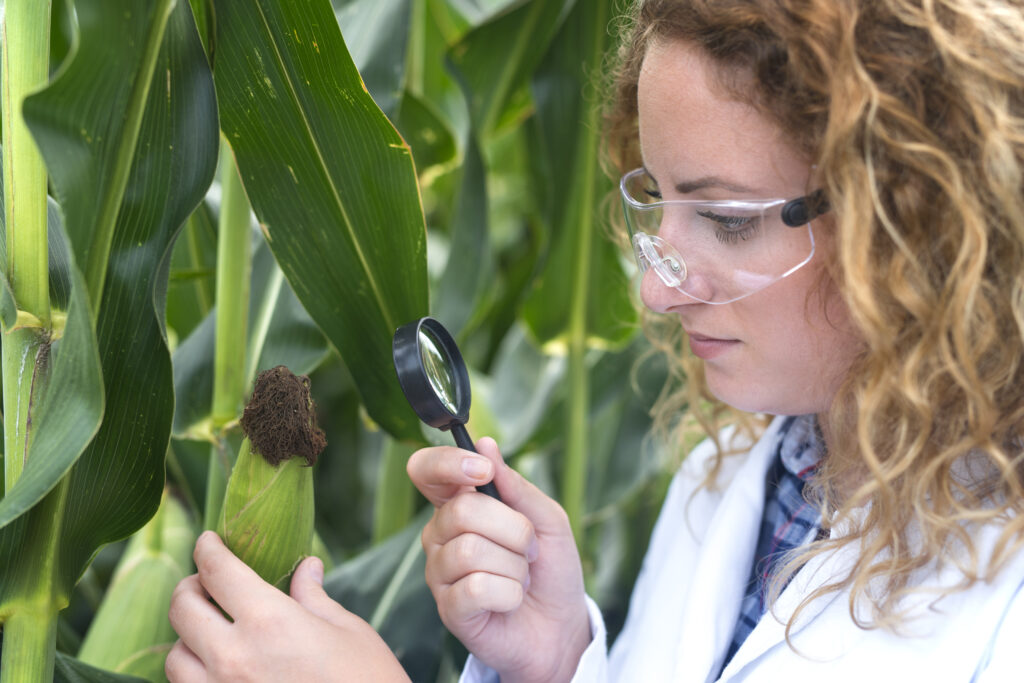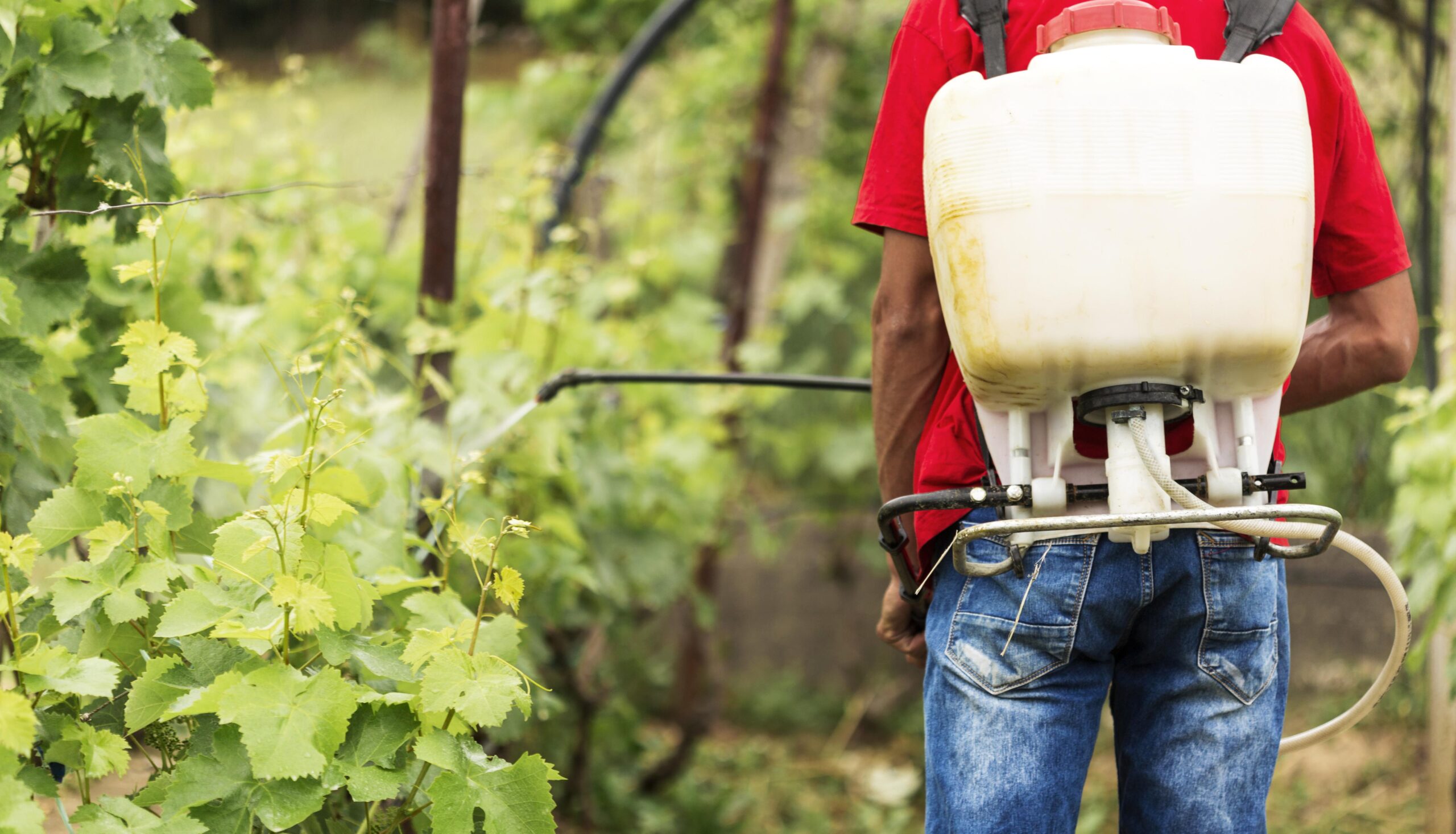Pest control – Only a few of the insects occurring on agricultural crops can be “pests”. An insect is classified as a pest if the damage it causes is sufficient to reduce the yield and/or quality of the harvest product by an amount that is unacceptable to the farmer.
The relative importance of a pest depends on the circumstances of the farmer. Yield loss of crops grown by small farmers may result in food shortages in the local community while losses for commercial farmers may take the form of reduced income. Yield losses can be reduced by pest control. However, the use of a specific control measure would only be advantageous if the cost of control is less than the resultant increased value of the crop.
Any control measure must be appropriate to a farmer’s particular circumstances. A control strategy should preferably consist of a number of alternative techniques which can be used to reduce pest populations to levels at which they do not cause economic loss. This approach to pest control is referred to as Integrated Pest Management (IMP).

Integrated Pest Management (IPM)
IPM is a concept that employs many strategies to minimise crop damage caused by pests. These strategies include reducing the use of insecticides when and if necessary, the employment of beneficial insects, the use of host plant resistance and the modification of cultural practices to reduce or avoid exposure to pests.
Chemical pest control
Chemical control of pests should only be adopted as a last resort. However, currently it still remains a major tool in pest management.
The proper use of insecticides involves a thorough understanding of the insect population dynamics and how this is influenced by chemical control and the infestation/yield loss relationship in the economics of insecticide usage and when pesticide application techniques. The misuse of insecticides can cause illness or death of the user and can be harmful to the environment. To safe handling of pesticides is to be maintained at all times. This includes proper storage and correct application of pesticides.
The most important questions that should be asked when pest control is being considered are; Will the pests cause economic damage? Are there alternatives to chemical control? At what plant growth stage or infestation level should a pesticide be applied? Which pesticides are registered for control of the specific pest? How should the pesticides be applied and at what dosage rate? It is only when these questions can be answered that pest control by means of pesticides should be carried out.
Biological pest control
Biological control implies the use of natural enemies to prevent pest population numbers from increasing to damaging levels. These natural enemies include parasites as well as predatory insects such as earwigs, ladybirds and ants. In grain crops, the scope for total biological control appears to be limited because the cropping period is short and there is no crop continuity to sustain the natural enemies and their hosts.
However, biological control at on-farm level can be improved by using agricultural practices which conserve natural enemies of pests. These include selective use of soft insecticides which are less harmful to natural enemies and the propagation of alternative crops or other plants which can host predators in the absence of the crop. The crop environment may also be changed in favour of natural enemies by changes in cultivation practices such as row spacing and planting date.

